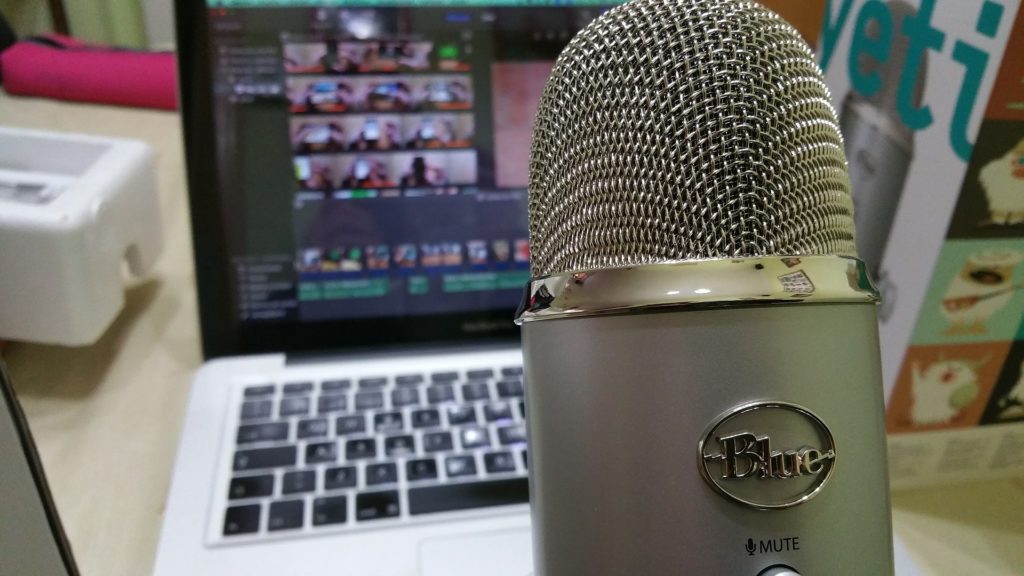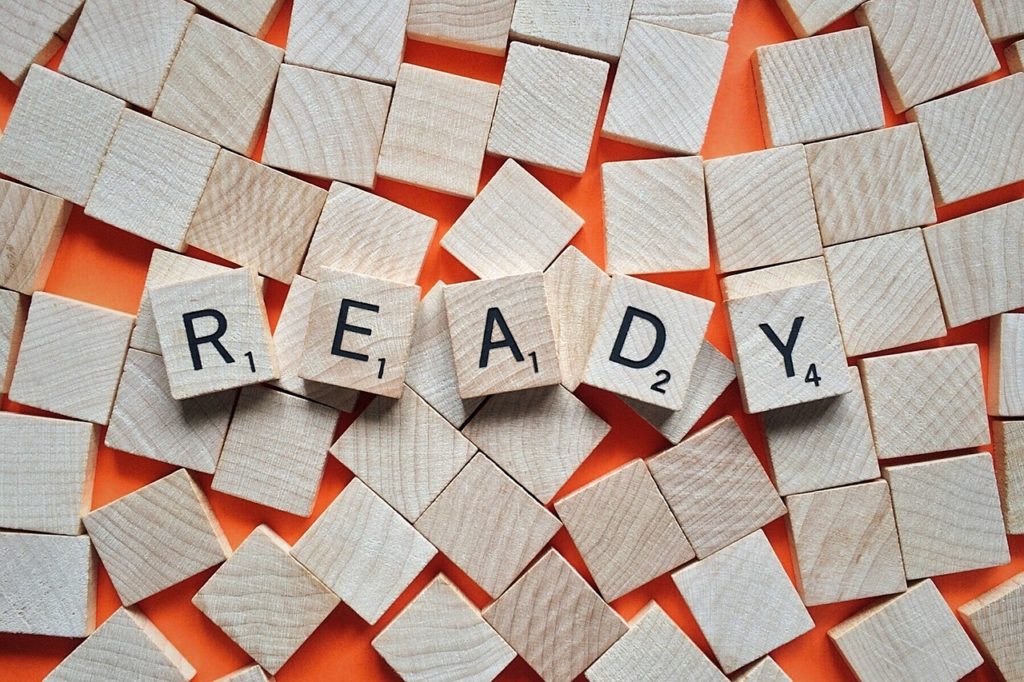
Podcasting presents a unique opportunity to connect with influencers, expand your brand, and publish new content for your audience at the same time. You get to interview guests who then promote the episode, and that episode is content for your audience. But for a beginner, publishing the first podcast episode seems difficult.
For starters, you need to get a guest to say yes (unless you want to run a talk show style podcast). Even then, you need to figure out the technological end of the process so everything smoothly sails.
People like John Lee Dumas and Pat Flynn literally make six figures from their podcasts every month. I can go on and on about the benefits of starting your own podcast, but I’ll go deep into how you can publish your first podcast episode.
Get The Yes Before Doing Anything Else
Before you do any additional research for starting a podcast, you need to land your first guest. Before I knew anything that I’ll share with you, I contacted five people and asked them to be a guest on my upcoming podcast.
The moment I got the first yes, I was committed.
Since getting the first yes, I’ve used a bunch of tactics to land more guests on my podcast. I started with my network and expanded from there.
Email them with a message like this:
Hello [name],
I’m starting a new podcast about [topic] called [name of podcast]. If you are interested, I would love to have you as a guest on the show.
[Closing]
Make your email short to avoid overwhelming the potential guest (who may be getting several emails like this, and plenty of emails not like this).
You can schedule your first guest the old-fashioned way (a bunch of back and forth emails in which you and the guest confirm a time and date that works for both of you). In the long-term, it’s better to use a tool like Acuity to make the scheduling process seamless.
One lesson I learned from this experience is that it’s harder to start than it is to continue. Once you get started, the rest of it gets much easier.
Determine How You’ll Conduct The Interview
I use a combination of Skype and Zoom to conduct my interviews. The Skype Call Recorder is less expensive and gets the job done. However, Skype can sometimes have problems such as breaking up the connection, but overall Skype’s Call Recorder is very reliable.
When there are problems, I use Zoom. I started using Zoom because it was essential for my Content Marketing Success Summit and Productivity Virtual Summit. While Skype Call Recorder is fine with audio, most of the problems emerge when you go to the video format. Zoom is my go-to tool when I want to conduct the interview as a video.
Don’t look beyond Skype and Zoom. Pick one or the other, test it to make sure you know what you’re doing, and then move onto the next step. Here are some of the differences between Skype and Zoom for you to explore when making your decision.
Prepare For The Interview

Deciding between Skype and Zoom will eventually determine the platform you use to conduct your first podcast episode and beyond. Preparing for the interview is the next step, and while this may seem difficult for the first episode, the prep work gets much easier as you prepare for more interviews.
Before we talk about how the prep work gets easier, let’s talk about preparing for the first interview.
To effectively prepare for a podcast interview, you need the following:
#1: Show Introduction—This is the same for each show (or at least for a while). Greet your listeners, say your name, and state who the podcast is for. Here’s the show intro I use for my podcast: Hello and welcome. I am your host, Marc Guberti, and this is the podcast for entrepreneurs who are looking for the breakthrough for their businesses. I am very excited about this show.
#2: Topic Introduction—Intro the topic in a few sentences. Let listeners know why this is important and how this episode will impact them.
#3: Guest Introduction—I usually look at a guest’s About Me Page or read their About Section in another podcast’s show notes. This makes the guest introduction easier for me to write. Don’t mention the guest’s name until the very end of your intro. Use “Today’s guest” for the rest of it.
#4: Write The Questions In Advance—Think of some questions that you would like to ask the guest. I used to write 12 questions as if I am a client and the guest is a consultant. As you write more questions, you’ll find a few that you can ask over and over again. Now you have to think of fewer questions since you have some predetermined questions. That’s how the prep work gets easier over time. It gets even easier if you listen to the guest. I now only write half as many questions as I need because the other half of the questions come from our conversation.
The Interview Itself
After you prepare for the interview, the next step is the interview itself. The more time you prepare for the interview, the better the interview will flow.
Establishing an enthusiastic flow throughout the interview is critical for two reasons:
This flow determines the value of the interview. That value determines how many loyal listeners your podcast gets.
The interview is expedited relationship building. In most cases, a great interview instantly creates a great relationship.
Practice reading the intro just before the guest calls in (the intro will make or break any episode). Say it with enthusiasm, and the enthusiasm will carry through the episode.
As you ask questions, you need to listen to the answer while thinking of how you will connect their answer with your next question.
You want the questions to flow as if you thought of them in the moment. Once you think of a good transition, hold that transition in your mind as you listen.
Once you have the transition in mind, you must still listen to the answer because you’ll learn new things, and some guests ask their hosts questions. It doesn’t happen often, but it does happen.
Writing The Show Notes

Another reason you need to listen to responses is because you’ll have to write show notes for each interview. In the show notes, you simply summarize what listeners will learn without giving too much information (you want listeners to listen to your episode instead of getting everything from the show notes).
I advise relying on your memory for the show notes and using the questions to spark your memory. When I look back at the questions, I bring myself back to my conversation with the guest. This helps me craft better show notes.
You can eventually outsource this part of the process (and almost every other process), but you should put in the work to write show notes before you hire someone. You’ll need to teach that person how to get the job done, and you can only do that with some experience under your belt.
You should also write the show notes for at least the first dozen episodes to reaffirm your commitment to your podcast.
Publishing Episodes With Libsyn
You now have the interview file and the show notes all set. Some people edit their interview files to include intros and outros and to fix any mistakes. I hired an audio editor from Day #1 because I knew that would hinder me from starting.
You may love editing the audio of your episodes, but if you don’t, either hire someone or make the edits very minimal. Your first episode is a Minimal Viable Product (MVP) and a proof of the concept. If you reach 100 episodes, the editing and entire process should be more detailed.
But to not drift too far, you have your audio file and your show notes. The final step is to publish your first episode. While many options exist, Libsyn is the best choice. I use their service to publish Breakthrough Success episodes on my blog, Stitcher, iTunes, Android, and plenty of other places.
Don’t just take my word for it. Pat Flynn and John Lee Dumas BOTH use Libsyn for their podcasts. Libsyn is very reliable, and while there are other options available, I recommend sticking with Libsyn.
In Conclusion
If you want to publish your first podcast episode, I strongly recommend you follow this blog post’s steps from start to finish. I have written over 2,000 blog posts, and I have never been that direct in asking people to follow any of my blog posts to the brim.
There are so many ways to approach each of these phases within the process. You’ll develop your process as you publish more episodes. I’ve interviewed hundreds of people for my podcast and virtual summits. This process works.
Yes, there are other ways, but why not go for something that works. Other approaches will work too, but none are as action oriented and specific as this approach.
If you think a modification is needed, let me know. But if I had to start the Breakthrough Success Podcast and relearn how to podcast over and over again, this is the only blog post I would need for getting started.
What are your thoughts on this approach? Do you have any questions for me? Sound off in the comments section below.

The contents are so interesting and useful for the podcasts , thanks, to share.
My pleasure Rakesh. I am happy to hear you enjoyed the article.